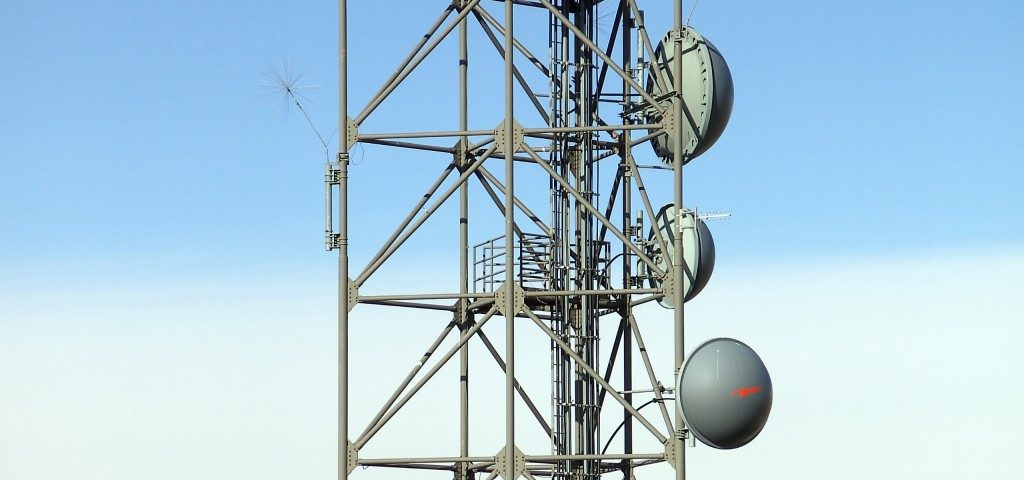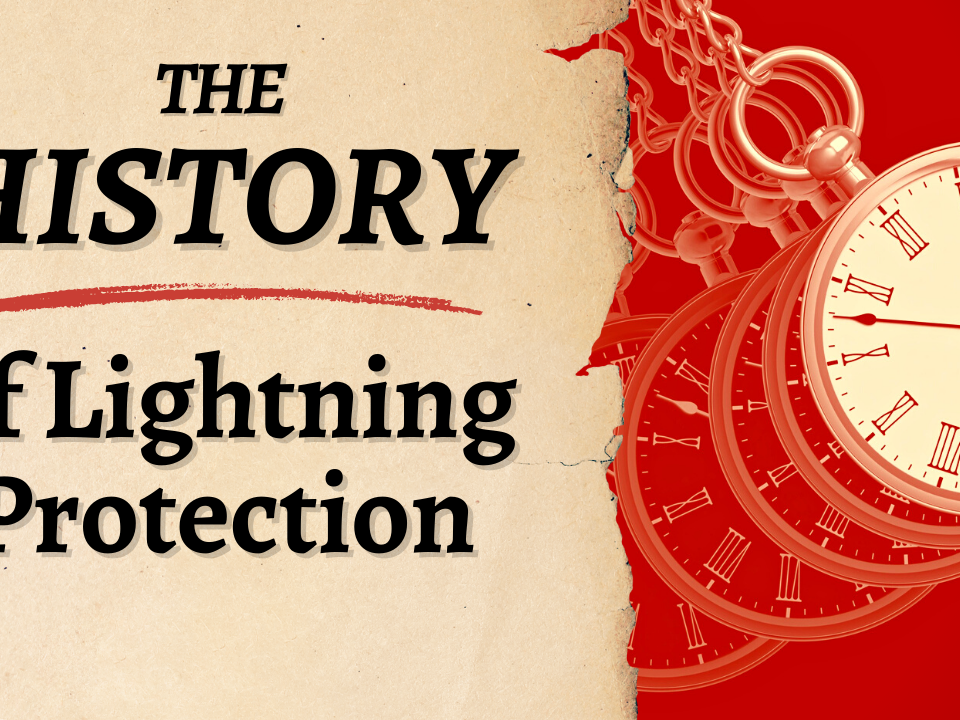- We Prevent Lightning Related Problems.
DAS is Not an ESE
October 11, 2012
The Earth’s Most Beautiful Threat
October 25, 2012Lightning Protection Keeps Critical Facilities Running

Featured in Electric Light & Power
Sept/Oct 2012 Volume 90/05
by Lee Howard, LEC
The possibility of damage from a lightning strike is tremendous for any utility or power transmission firm. The key is to prepare for and manage weather-related incidents.
Tri-State Generation and Transmission Association, a wholesale electric power supplier near Denver owned by 44 electric cooperatives, serves some 1.5 million customers. The power supplier learned the importance of lightning strike preparation firsthand at its operations center in Westminster Colo.
“For companies like ours – businesses that provide a critical service – it is important to avoid a service disruption or potential service disruption because of how it impacts customers’ lives,” said Jerry Coufal, Tri-State’s network operations supervisor.
Although companies might not face identical risks, lightning can be a top-tier concern for all. “We had a strike to our Westminster facility that caused pretty severe damage in 1994,” Coufal said.
Many people equate lightning strikes to fire damage, but the Westminster strike created havoc without igniting a single flame. Instead, it damaged the company’s telecommunications equipment, and the damage was not confined to any one area.
Microwave radio antenna equipment, computers and a host of associated phone systems were rendered useless in seconds, Coufal said.
“The severity of damage meant we had an extended-duration outage while we acquired new equipment to restore services,” he said. “It took us awhile to restore capacity, and it was the service disruption that caused the greatest grief. No utility wants to lose the use of its equipment and the ability to operate at full capacity.”
Tri-State realized it had to prevent similar occurrences at its telecom network operations center. The company sought out several solutions and selected a Dissipation ArrayTM System (DASTM) from Lightning Eliminators & Consultants (LEC), Inc. and LEC’s Spline Ball IonizerTM terminals and Chem-RodTM Grounding Electrodes.
LEC provides integrated, industrial lightning protection and prevention solutions, products and services using patented charge transfer technology, grounding systems engineering, surge protection, design and consulting based on physics and engineering. To date, the company has installed more than 3000 solutions in over 69 countries and throughout the U.S. to companies in the petrochemical, oil and gas, biochemical, information technology, nuclear energy, utilities and manufacturing industries. The company’s patented DAS technology has proven to be more than 99.7 percent effective in eliminating strikes to protected areas.
Contrary to the saying, lightning can strike the same places twice. Tri-State was unwilling to be unprepared twice.
“Like many places, lightning can be fairly intensive here in the Denver area, especially in the summer,” Coufal said. In addition to striking vertically, lightning can travel horizontally and strike unexpectedly miles from a storm – the so-called “bolt from the blue,” Coufal said.
The unpredictability, combined with the risk Tri-State faced, made lightning protection important to Tri-State. Soon after the 1994 lightning strike, Tri-State installed a hemisphere array LEC DAS at its Westminster headquarters and at its main backup facility.
Unlike other lightning protection systems, the DAS is a “charge transfer” system – the only type of system where the lightning impulse is not encouraged, but discouraged.
The DAS completely isolates facilities from a direct lightning strike by bleeding off the induced charge on the protected area during a thunderstorm, reducing it to a much lower level in relationship to the surrounding environment.
Lightning Protection
Tri-State has had zero lightning strikes in its protected area since installing the system. Discouraging lightning is a significant benefit to companies such as Tri-State, where a single strike to a mission-critical facility can cripple operations.
“The proof is in what we have experienced so far,” Coufal said. “We have not had any problems since the DAS installations, even though it is still very common to have bad thunderstorms in the area. When a storm is close by we never experience any problems or loss of equipment due to that. The systems are working very well for us.”
Cutting Electric Fields in Half Means Zero Strikes at Tri-State
Reputable lightning protection providers perform thorough site engineering assessments before an installation. For example, after an evaluation, Lightning Eliminators & Consultants Inc. (LEC) engineers specify system components, placement and structural interfaces, and its designs account for environmental factors such as wind, ice, and corrosion.
A team designs the lightning protection systems to prevent two elements of lightning – upward “streamers” of positively charged electrons and step leaders of negative electrons that come down from the clouds – from connecting to create a strike. The naturally occurring electric fields that thunderstorms create give streamers the energy to rise upward in search of step leaders.
The success at Tri-State Generation and Transmission Association, a Colorado company in part of the country known for intense lightning, led LEC’s R&D department to return several years ago for an in-depth study of the DAS performance. The company placed an electric field monitor near the DAS array on the roof of the Tri-State facility and installed a second monitor 1,040 feet away and outside Tri-State’s lightning-protected zone.
After 99 days of analysis, LEC concluded that electric fields inside Tri-State’s DAS0-protected zone was, on average, 55% weaker than the surrounding area, during thunderstorms.

